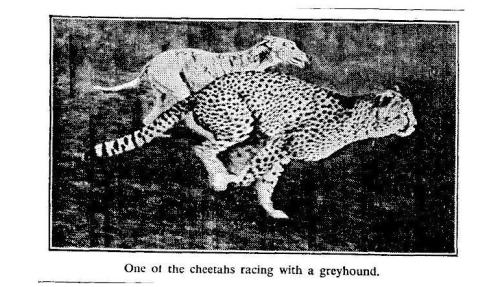In a city that offers a lot of wow moments, one picked out from a week of many.
Emperor Justinian I, with his Empress, Theodora left a mighty legacy on Constantinople during his reign from 527 to 565AD, dates that seem bogglingly ancient and obscure to the mind of this Englishman. While England was rooted in darkness during this period, in modern-day Istanbul a revival of the glories of the Roman Empire was going on. Justinian had a bit of trouble with rioting early in his reign, with the Nika revolt resulting in the destruction of Hagia Sophia. The destroyed Basilica’s remains can be seen in the grounds of today’s church, sitting slightly forlornly with large tourist’s bottoms resting on them after inspecting the mosaics.
The marvellous Byzantium1200 project has a reconstruction of this earlier church as well as many other 3D images of lost Constantinople. What a superb website.
Justinian’s ambition and drive – which characterised his reign – is best epitomised by visiting the rebuilt Hagia Sophia, constructed between 532 and 537. The only downside is that every man jack in town is either in Hagia Sophia, the Blue Mosque or walking between the two at any one time. But the chaps behind Hagia Sophia, Isidore of Miletus and Anthemius of Tralles left another fine construction. Don’t act like you don’t know them. They are serious men of history and to be saluted.
Isidore and Anthemius warmed up a little by building the Church of Saints Sergius & Bacchus, fulfilling a promise made by Justinian to dedicate a church to them in thanks for their reputed delivery of him, in a vision, from a treason charge in his youth. This church, built between 527 and 536, has been since 1513 a mosque, known today as Küçuk Ayasofya Camii, or Little Hagia Sophia. Pick up John Freely and Hilary Sumner-Boyd’s brilliant Strolling Through Istanbul for a detailed architectural guide to the building and its precincts.
Visiting is a joy. Still functioning as a neighbourhood mosque, Little Hagia Sophia feels quiet, cool and sacred. It is easy to imagine post-conquest Constaninople, and further back the role the place would have had as a neighbourhood eastern Christian. The few visitors who make their way here stroll around in silence. It is impossible not to be awed by the sense of light and space. The only thing dragging you into the modern age is the occasional commuter train trundling out of Sirceki railway station bound for the suburbs or distant Thrace. Within the compound is an Islamic burial-ground and a cool, tranquil tea garden lined with small shops. This leafy place is perfect for a restful hour reading or, in the case of our young companions, breaking out the wooden train-set that goes everywhere with us. In two of the shops artisans work on hand-crafted illuminated drawings of Dervishes and centuries-old scenes of Istanbul which make wonderful souvenirs.
To reach Little Hagia Sophia, turn your back on its big brother and aim for the Arasta Bazaar. Walk through here and on exiting follow the street downhill – you’ll start to see the familiar shape emerge at the bottom of the street. There’s no entry fee but donations are welcome, and arms and legs should be covered.
On your way back to the marvellous Sultanahmet scrum, or perhaps while munching a fish sandwich on the dockside at Eminönü, you might wish to reflect that for all Justinian’s achievements, when he died Byzantine scholar and historian Procopius wrote a bilious Secret History of his life tearing him to shreds. What a fascinating, complicated and confusing place Istanbul is, and so much of its history can still be explored.










